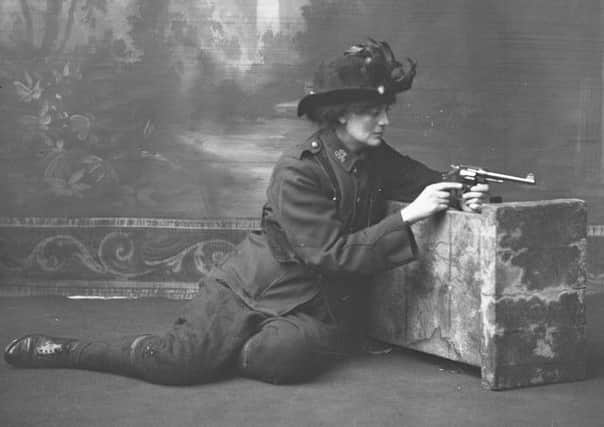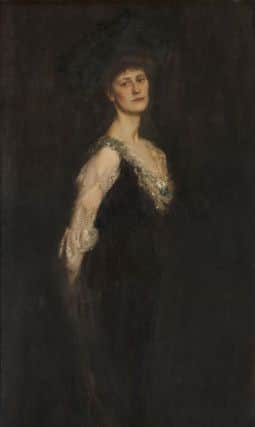Inclusion of Sinn Fein MP's portrait in Westminster exhibition branded '˜distasteful'


The picture of London-born Irish nationalist Constance Markievicz has been gifted to the House of Commons by Sean O Fearghail, the Ceann Comhairle (speaker) of its Dublin counterpart the Dail Eireann.
The photographic reproduction of a 1901 oil painting of Markievicz will form part of Parliament’s Voice and Vote exhibition, marking 100 years since the Representation of the People Act gave women the vote and the Parliament (Qualification of Women) Act 1918 allowed those aged over 21 to stand for election.
Advertisement
Hide AdAdvertisement
Hide AdKnown as Countess Markievicz and Madame Markievicz, she was the first woman elected to the House of Commons in 1918, but never took her seat. She later became minister of labour in the first Dail and was a founding member of Fianna Fáil in 1926.


Ten years previously she had taken a lead role in the Dublin uprising which sowed the seeds of Irish independence, only avoiding being executed because she was a woman.
Describing the inclusion of her portrait in the exhibition as “distasteful”, historian Gordon Lucy questioned if Madame Markievicz was actually eligible to have been a Member of Parliament given that she was “a convicted felon”, and that having married a Polish Count she would have lost her British nationality.
“Even if she was elected to the House of Commons, she never went there, she never sat there,” he said.
Advertisement
Hide AdAdvertisement
Hide Ad“I don’t think it is appropriate because she never took her seat in the House of Commons, that’s the most obvious point. But I also find it rather distasteful that somebody who murdered an unarmed policeman should be feted in this way.”
TUV leader Jim Allister suggested that the picture would be better remaining in the Dail.
“She never made any impact in the Commons, she never went to the Commons so I don’t think it’s appropriate given that circumstance,” he commented.